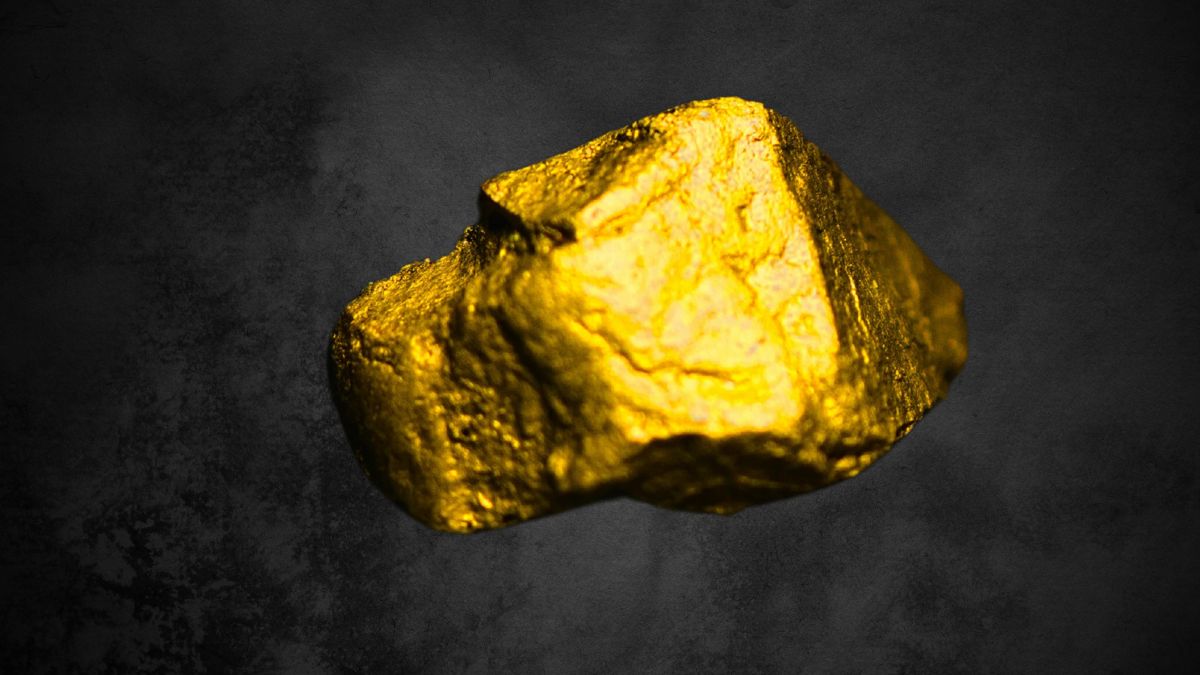In order to understand the importance of Gold, you need to know a little bit about the precious metal. Gold was discovered around 3000 BC to 1200 BC. Gold probably was found on the ground and used by prehistoric man as a tool. Highly sophisticated gold art objects and jewelry discovered by archaeologists in the Royal Tombs at Ur, in what is now Southern Iraq, date back to around 3000 BC.

Similarly, goldsmiths of the Chavin civilization in Peru were making ornaments by hammering and embossing gold by 1200 BC. Since gold is both durable and carefully guarded, most of the gold that has been taken from the Earth still exists. Much of it has been buried again in underground vaults, where it is held in government monetary reserves.
The element gold has many personalities, of which the image of a noble but soft, yellow metal would first across one’s mind. The recently discovered nanoparticles and nanowires containing gold are a natural extension of this aspect, as are the uses of gold in electronics and decoration.
Thought to be noble, gold actually has a rich chemistry. Fascinating in its complexity for academic chemists, this chemistry has potential applications in materials science, medicine and, recently, in both heterogeneous and homogeneous catalysis.
Some fresh promises are related to the optical properties of certain gold compounds or to the possibility of forming new nanostructures based on gold. The unique properties of gold are strongly influenced by relativistic effects.
Gold’s Impact on Modern Life – Minerals Make Life
Without gold, our GPS and satellite technology could not navigate as quickly, our astronauts would not have adequate protection from harmful radiation and our doctors would not have the technology behind life-supporting medical equipment.
Gold is one of the world’s most sought-after minerals, prized for its value and unique qualities. Most frequently associated with jewelry, many people are not aware of its versatility and contributions to daily life.
From the fastest technology to the most sophisticated medical equipment, gold is a vital resource. Without gold, our GPS and satellite technology could not navigate as quickly, our astronauts would not have adequate protection from harmful radiation and our doctors would not have the technology behind life-supporting medical equipment.
Our new infographic details the many, often surprising places where you can find gold, from Olympic arenas to outer space and even inside the human body. Beyond gold, minerals of all kinds serve as the foundation of innovation.
Gold, nothing can compare to this precious metal. A symbol of wealth and prosperity, it has been a value for explorers and adventurers and a lure for conquerors. Today it is vital to commerce and finance; popular in ornamentation, and increasing importance in technology.
The nature of gold is diverse. The chemical element gold is a heavy, soft metal. It weighs nearly twice as much as lead. Shiny and deep yellow in color, gold is one of two metals, which are not gray or white when pure. Gold is the most ductile of metals.
The nature of gold is diverse. The chemical element gold is a heavy, soft metal. It weighs nearly twice as much as lead. Shiny and deep yellow in color, gold is one of two metals, which are not gray or white when pure. Gold is the most ductile of metals.
Later in the 19th century, the United States, Germany, Japan, and other countries also adopted the gold standard. At the time, Britain was the world’s leading economic power, and other nations hoped to achieve similar economic success by following British precedent.
